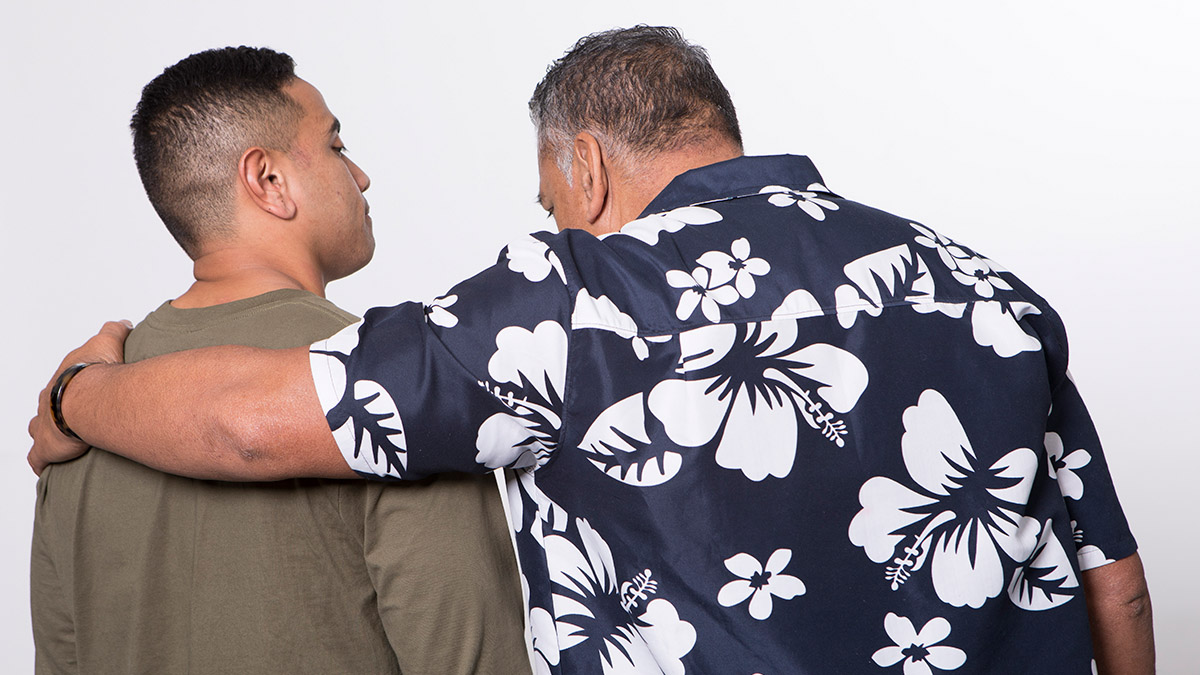After a death by suicide, it’s better to share the facts and not keep secrets. However, talking about suicide safely means talking about it in a way that ensures no one else sees it as an option for them, with people encouraged to get the help they need.
O le malu i fale’ulu. The protection given by a house built of breadfruit wood.
Knowing where to get help is part of creating a safe environment, as is supporting people affected after a death by suicide. Understanding who is at risk and what warning signs to look out for are also critical to suicide prevention.
After someone dies, people need to come together and mourn their loss and celebrate a life. When events, activities, funerals, speeches, sermons and memorial services are being organised after a death by suicide, it’s worth going through the following checklist.
- Does this glamorise or glorify suicide?
- Does this normalise suicide as something that is naturally done in response to distress?
- Could other people, especially vulnerable people, see the suicide as rewarding in some way, after attending this event?
- Could the type of information shared and the detail of it, easily enable copycat behaviour?
- Could other people, especially vulnerable people, see suicide as an opportunity for recognition and/or retribution after attending this event?
- Could people who have thoughts of suicide feel more stigmatised after this event? High stigma means that many people thinking of taking their own life may be too ashamed to seek help.
- Is there a way to build suicide prevention into the event?
- Is there a way to ensure people know how to get support and help after attending the event?
- Are there clear messages that it is no one’s fault and nobody is to blame?
- Does it promote healthy grieving without stigmatising the dead person or their family?
Mou e va’a e taha. `Oku ongo katoa ia ki he fu`u `akau. When one branch breaks, the whole tree feels it.

